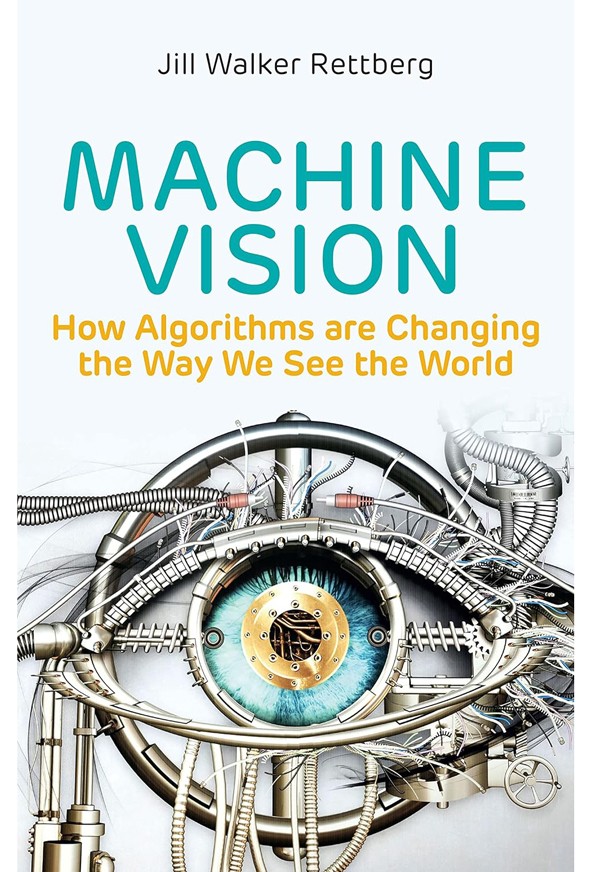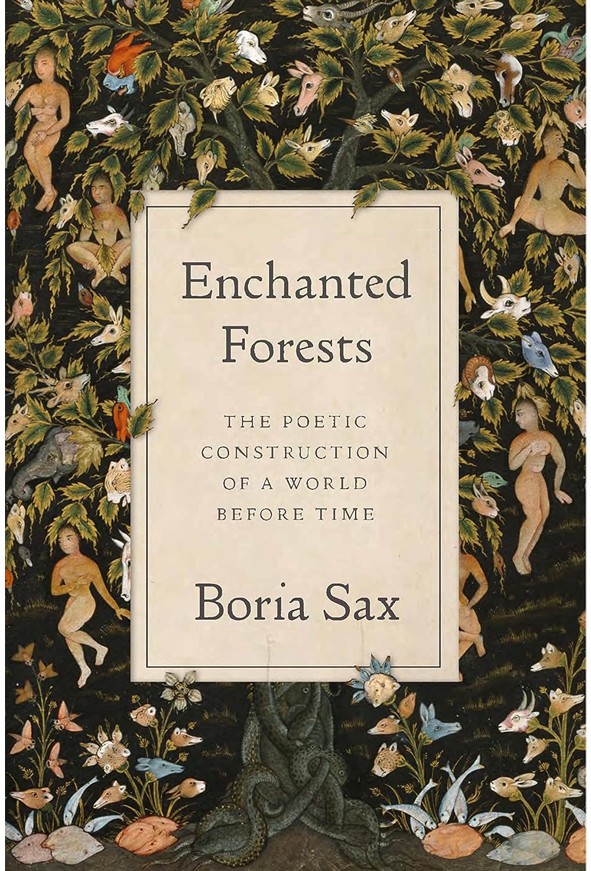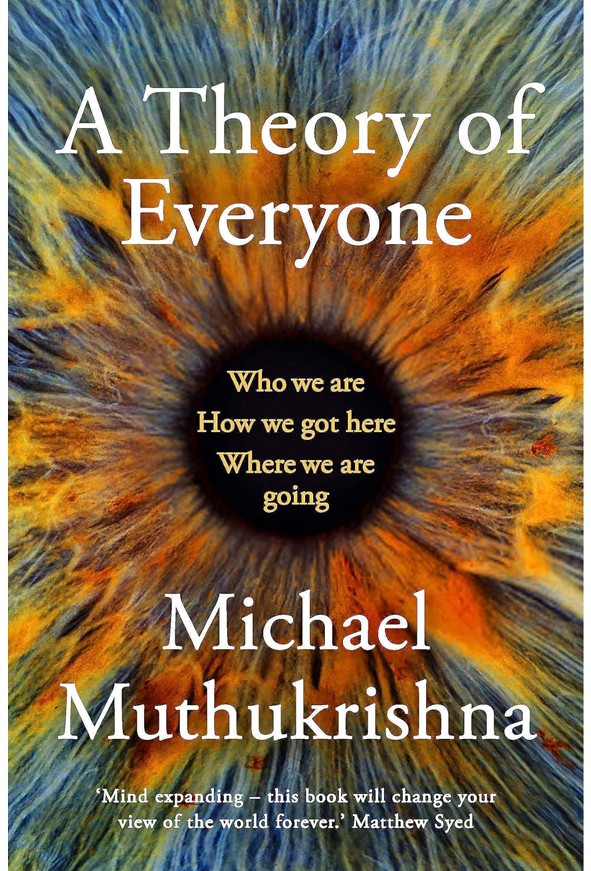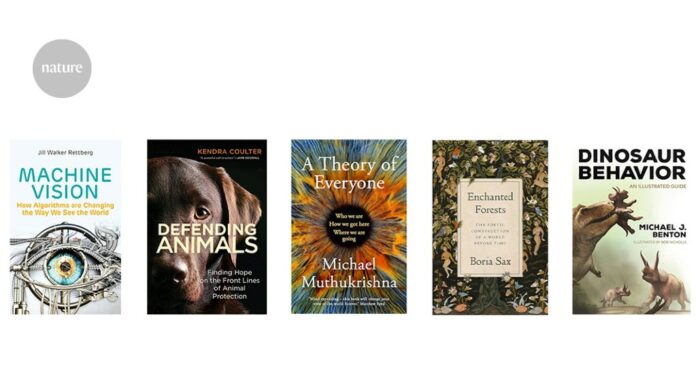Dinosaur Behavior Michael J. Benton Princeton Univ. Press (2023)
When Tyrannosaurus rex was identified, estimates of its running speed varied wildly. Today, its stride length in fossil tracks and its estimated muscle dimensions suggest a speed of 27 kilometres per hour. Such progress is crucial, argues palaeontologist Michael Benton. Yet he also backs the long scientific tradition of sharing speculation about dinosaurs — a new species is named every ten days — with the wider public, using models, paintings and computer animations. His grippingly illustrated book brilliantly synthesizes science and art.

Machine Vision Jill Walker Rettberg Polity (2023)
‘Machine vision’ implies computing to many people, but not to digital culture scholar Jill Rettberg. Her book covers glass telescope lenses, photography, cinema and other modern imaging technologies, all of which pre-date computers, and fit her definition of machine vision — broadly as machines and algorithms used to register, analyse and represent visual information. Rettberg is aware that this extension of human vision can be seen as beneficial or disruptive, depending on perspective. Her own attitude? “I love our robot vacuum cleaner”.

Defending Animals Kendra Coulter MIT Press (2023)
Opening her overview of animal protection, ethicist Kendra Coulter describes a violently mistreated German shepherd dog she adopted. Sunny looked right into her eyes while she was writing difficult sections, she notes. This is one of many moving details in a complex book that features cruelty investigators, forensic veterinarians, conservation leaders, animal lawyers and entrepreneurs. Effective protection, she argues, must work “hand in paw, and hand in hoof with the well-being of frontline workers” such as rangers.

Enchanted Forests Boria Sax Reaktion (2023)
The New York Botanical Garden contains a forest advertised as ‘virgin’, although its trees offer no indisputable evidence that it has never been logged. Yet, other trees’ “scars”, “twists” and “breaks” tell fascinating stories about their histories, says author Boria Sax. His cultural history of forests from prehistory to today — inspired by his owning a forest in New York State — draws on writers and artists including Virgil, Dante, the Brothers Grimm, the Hudson River painters and Latin American folklorists.

The Theory of Everyone Michael Muthukrishna Basic (2023)
Economic psychologist Michael Muthukrishna initially trained in engineering. He grew up in Sri Lanka, Botswana and Papua New Guinea, and was exposed to ethnic hatred, violence and war. This unusual life path fuelled his search for a unified theory of human behaviour: the “theory of everyone”, deliberately borrowed from physics’ “theory of everything”. Understanding behaviour better, he argues, could make energy extraction more efficient, by reinvigorating innovation and cooperation. Andrew Robinson
Competing Interests
The author declares no competing interests.


